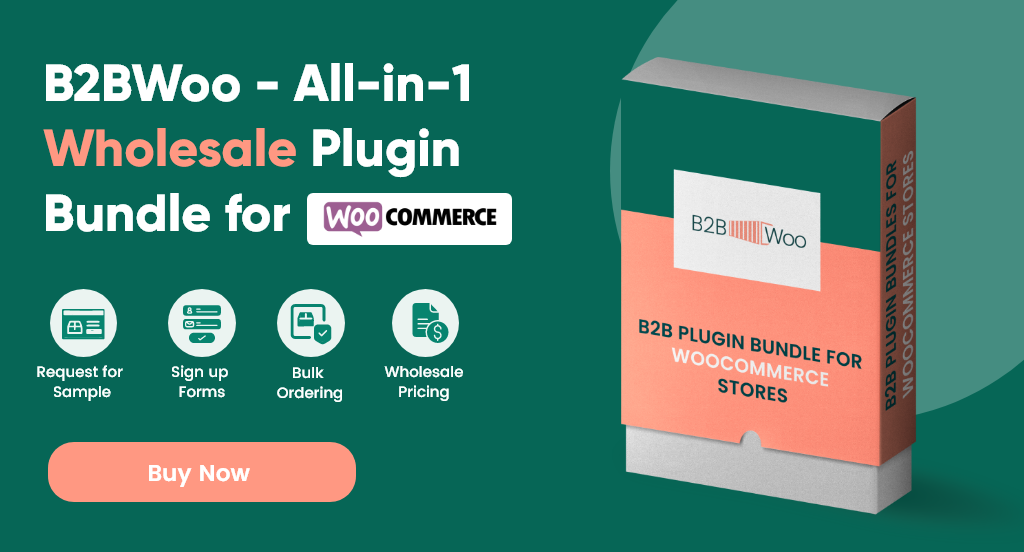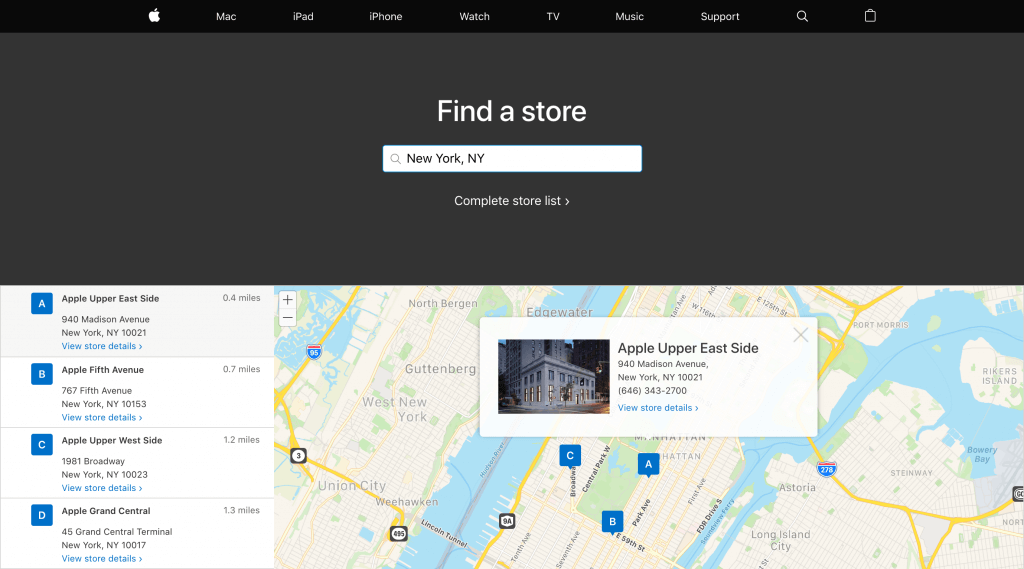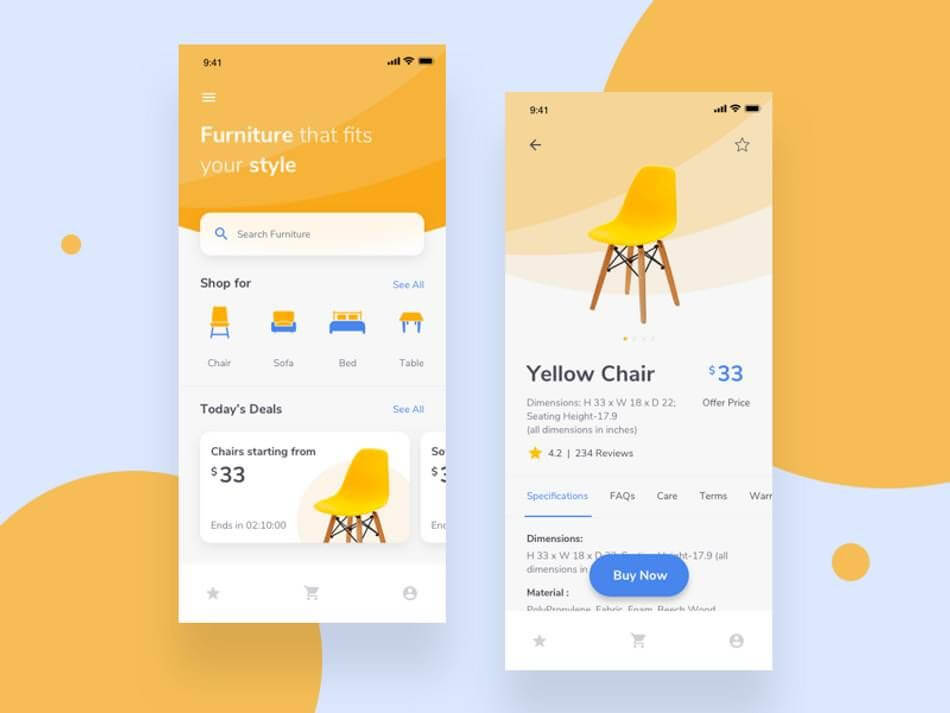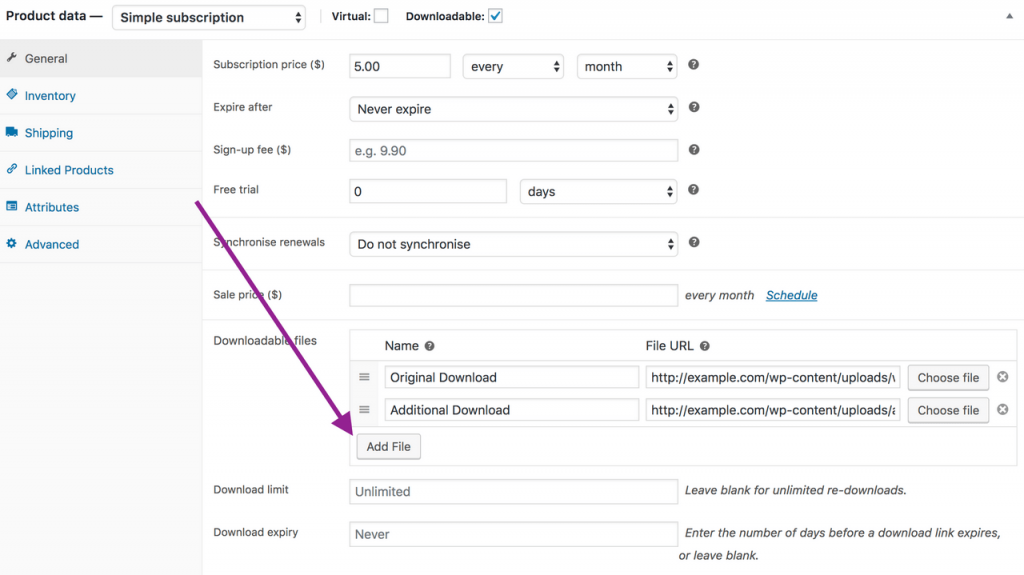The world’s changed, hasn’t it? With Covid-19, lock downs, preventive measures, vaccines, second waves, and other socio-economic events happening in the world, it seems hard to keep track of things. With the world facing a health crisis like never before, we tend to avoid thinking about the microeconomic aspect of things. That is to say, we forget the human experience. Nowhere does the human experience manifest itself more than humanity’s shared love for good food. Amid the pandemic, the food and beverages industry has been affected quite significantly.

Their slow reaction to the pandemic is partly to blame for that, while the other half goes to the intensity of the lockdowns and governmental regulations.
Suffice to say that this aversion to change took a toll on businesses that wanted to work the old-fashioned way.
2020 made businesses rethink their strategies. The pandemic took everyone online, whether it’s your friendly neighborhood grocers, a coffee shop, or even a major restaurant. The giants in the food and beverage industry – Pepsi, Coca-Cola, and Nestle – were already on top of that phenomenon. For small businesses, then, it was a situation of survival. The post talks about the current state of the B2B food and beverage industry. In addition to that, we’ll also discuss how you can adjust to the changing landscape by setting up your eCommerce store.
So, let’s begin, shall we?
Trends And Opportunities in Food and Beverages Ecommerce
Before we begin, let’s discuss some statistics related to the food and beverage industry. This is to help you gain the bigger picture of what’s happening.
- Food and beverage sales in the US are expected to rise by $27 billion in 2023. Now, this might sound counterintuitive to the problematic situation that the food industry is facing, but this statistic is based on the “new normal” of the food industry, which is, for the most part, digital.
- On top of that, 64% of successful companies operating in the food and beverages industry have a solid eCommerce strategy. To adjust to the changes happening with Covid and lockdowns, you need to have a solid eCommerce plan at your disposal.
- Lastly, business models are changing constantly with companies diversifying towards models like B2B2C and D2C. With that, businesses can retain their existing models while working on diversifying towards other models that can prove beneficial to their bottom line.
Using Ecommerce for the Food and Beverages Industry
The point of telling you all of what we’ve written above is to show you that amid pandemics and lockdowns, things are looking up if you follow the right paths.
There are tons of benefits you can gain from having an eCommerce presence. Let’s look at some for the food and beverage industry.
The Changes in Purchasing Mindset
You can have an eCommerce store, or a social media presence to sell your products, it matters not. What matters is the presence at the end of the day.
It helps you stay connected with customers. When done right, it can even help you expand your customer base to bigger markets.
The modern customer is internet savvy. The food industry’s major targets are millennials and Gen Z’ers. This demographic knows how to purchase from an eCommerce store and will likely do business with you if you are relatable.
This means that you need to adjust your offerings to relate to the customers. If you don’t, there’s plenty of competition that can devolve you to irrelevancy very quickly.
Pandemic Response Infrastructure
With the pandemic showing signs of slowing down, B2C and B2B businesses in the food industry alike need to rethink their strategies to cater to customers both traditionally and digitally.
The digital infrastructure set up by the pandemic can be used in combination with the traditional methods.

Take the example of a supermarket. In the pandemic, they relied mostly on online ordering and deliveries. When businesses open up, they don’t have to remove that, and focus entirely on traditional selling.
Instead, they can combine their brick-and-mortar establishments with their eCommerce setup.
In a world that’s constantly embracing digital, it makes sense that businesses should focus on their digital footprint since more and more customers are inclined to order online than purchase physically.
The ideal eCommerce store, whether B2B or B2C, should have a self-service checkout facility. This gives the users freedom to select products and checkout without waiting for order processing.
Of course, that process can be quite complicated with B2B eCommerce since order processing takes a longer time. Even with the longer time frame, a self-service checkout process can work wonders.
Market Expansion with B2B
The digital world provides loads of avenues for B2B businesses to market their products and services.
This applies to companies operating in the B2B sphere of the food and beverages industry. From SEO to Pay Per Click, and Social Media Marketing – there are plenty of platforms you can try.
As a food and beverage business, you can go ahead and show off your product catalogs to prospective customers.
The digital catalog gives off a great first impression. When combined with a good Google ranking, it proves even more advantageous. Besides that, you could use Google or Social Media ads to show off your product portfolio.
The difference between the two is that advertisements give out results quicker than investing in search engine optimization, which is long-term by its nature.
Through those steps, when a customer does arrive at your storefront, you can use a variety of techniques like cross-selling and upselling to gain more conversions for your store.
Going Direct to Consumer
B2B businesses don’t always have to rely on B2C stores to get their products across. They can very much do it individually. Here’s how:
When the pandemic hit, companies failed to consider the ramifications of having a poor supply line.
With the pandemic over, B2B businesses have an opportunity to sell directly to consumers rather than sell to the businesses.
Of course, this comes with its own managerial and administrative challenges since B2B brands have to embody customer-facing personas of B2C businesses.
Your web presence can help you there. Your already established B2B website can have a separate section on B2C eCommerce.
From there, experiment with selling your offerings directly to consumers. Again, the margins will be low but with the right setup of logistics, you can establish a B2B/B2C hybrid business.
The Food and Beverages Industry: Challenges
There is a reason why the food and beverages industry was slow to react when the pandemic hit. It’s a unique industry, with its own set of problems that make it difficult for businesses to switch to digital as quickly.
In the next section of this post, we’ll be highlighting these unique challenges. So, let’s start.
Quicker Delivery Times
Delivery times are an essential aspect of the food and beverages industry. In any other industry, it might seem as though faster delivery times are a nice to have, in the foods and beverages world, it’s a must-have, regardless of the business model.
Not only are faster delivery times good for customer service, but they are also essential to the very nature of the object delivered.
Food products have their own shelf lives. To ensure that the expiration and “Use By” dates are met you need to be fast. Otherwise, you’ll just be damaging the reputation of your business.
Logistics and supply line management is, therefore, an integral part of the whole process.
Variations in Pricing Structures
The pricing models of B2B food and beverage suppliers vary depending on the business they target.
On top of that, price variations are depending on the date of the product, its quality, quantity of the product ordered, promotion, cost of production, and more.
Because of the pricing variations, a B2B food and beverage business could be quoting a supermarket at a different price than it would to a restaurant.
Logistical Transparency

The best part about going digital is that, when done right, you can sync your eCommerce systems together for complete transparency.
This transparency helps when you’re communicating with a multitude of suppliers. In addition to that, it helps keep things in check, which means there is less room for disappointment from your end.
Mapping the eCommerce food and beverage industry’s customer journey
Now that you have a sizable understanding of what it takes to run an eCommerce food and beverage industry business, it’s time you focus on how you can operate your business successfully within the industry.
Now, each business is unique in its way and what might work for your business might not work for another.
However, there are still some best practices to follow.
The first being is that you should analyze the type of customers you’ll be targeting. The better, and more granular the target market, the better your chances are at gaining more conversions for your store.
For a B2B business specifically, there is a need to audit the customer accounts. You’re going to have plenty of customers, but certain corporate B2B accounts are important to the bottom line.
You need to manage those stakeholders effectively. Of course, you can’t cater to every need of your key accounts because there can be multiple such accounts.
What you can do, however, is come up with strategies to target a broad range of key accounts.
Lastly, you need a B2B eCommerce solution. There are plenty of nuances to selecting the right solution for your eCommerce food and beverage store. Let’s now look at them.
Key Features for a B2B Food and Beverages Commerce Platform
The requirements for an eCommerce store vary from business to business. That said, there exist commonalities with a B2B eCommerce platform for the food and beverage industry.
Key integrations with ERP, CRM, SCM, and BI systems
Your e-commerce information systems can’t exist in a silo.

Think about it; if your CRM registers an order for condiments, you can’t just expect to manually enter its payment in your Account Management System (AMS).
Instead, you need to have a system wherein your AMS registers the moment a payment or a credit request has been made. Your B2B eCommerce platform, therefore, should focus on effectively synchronizing all of your systems in one place.
Outlet Showcase
We’ve talked a lot about eCommerce stores going digital, but even in the midst of all that, there is no denying the impact of physical stores.

On your eCommerce store, you should have a geolocation map showing where your store is. This helps the customer find your store a lot easier.
Visually Appealing UI/UX

This one is a given for any website, not just a store. The more visually appealing your store is, the better. This includes using high-quality images for your product displays, having a well-designed website, using videos, infographics, and other creatives on your website. Now that was the user interface end. For the user experience, you need to ensure fluid navigation, quick product selection, quick checkout, and various other factors available.
Rewards and Customer Engagement

You might think that for a B2B store, a loyalty and rewards program might not be the most intuitive step, but you’d be wrong. B2B customers, as much as B2C, are on the lookout for discounts and coupons. B2B businesses need to focus on providing discounts for better customer engagement. The platform you select should be focused on providing rewards and loyalty points.
Customized Pricing Structures

For proper B2B eCommerce targeting, price is an important consideration. As we’ve already discussed, customized pricing structures vary a lot in the food and beverage industry. Factors such as geolocation, the quantity of the product, and the type of customers being interacted with matter a lot in this whole scenario.
Self-Service Account Management
For a B2B business, self-service is not just limited to simply selecting products and managing them. B2B purchases are complex and you need to give your customers the ability to manage the products they’re purchasing and orders they’re making. They have their internal processes to work with and self-service helps them align their processes effectively.
Multilingual And Multi-Currency Support
This one applies only to the ones focused on expanding internationally. For that reason, having multiple languages and currencies can prove vitally effective.
Subscription Functionality

If some of your B2B food and beverage products are being purchased regularly, then you need to enable your customers to subscribe to the products. This makes their workflows easier, and they don’t have to place a new order every time.
Reordering
Similar to the subscription’s functionality, reordering a product also helps in improving the customer experience for your brand. With such functionality, customers can get an option on their store account to reorder a previously purchased item.
Which platform provides it the best?
While there are plenty of eCommerce stores providing a variety of different B2B functionalities, you might need a solution that’s laser-focused on solely B2B. At B2BWoo, we provide an all-in-one WooCommerce B2B eCommerce solution that helps you start up your foods and beverage business on the right note.

